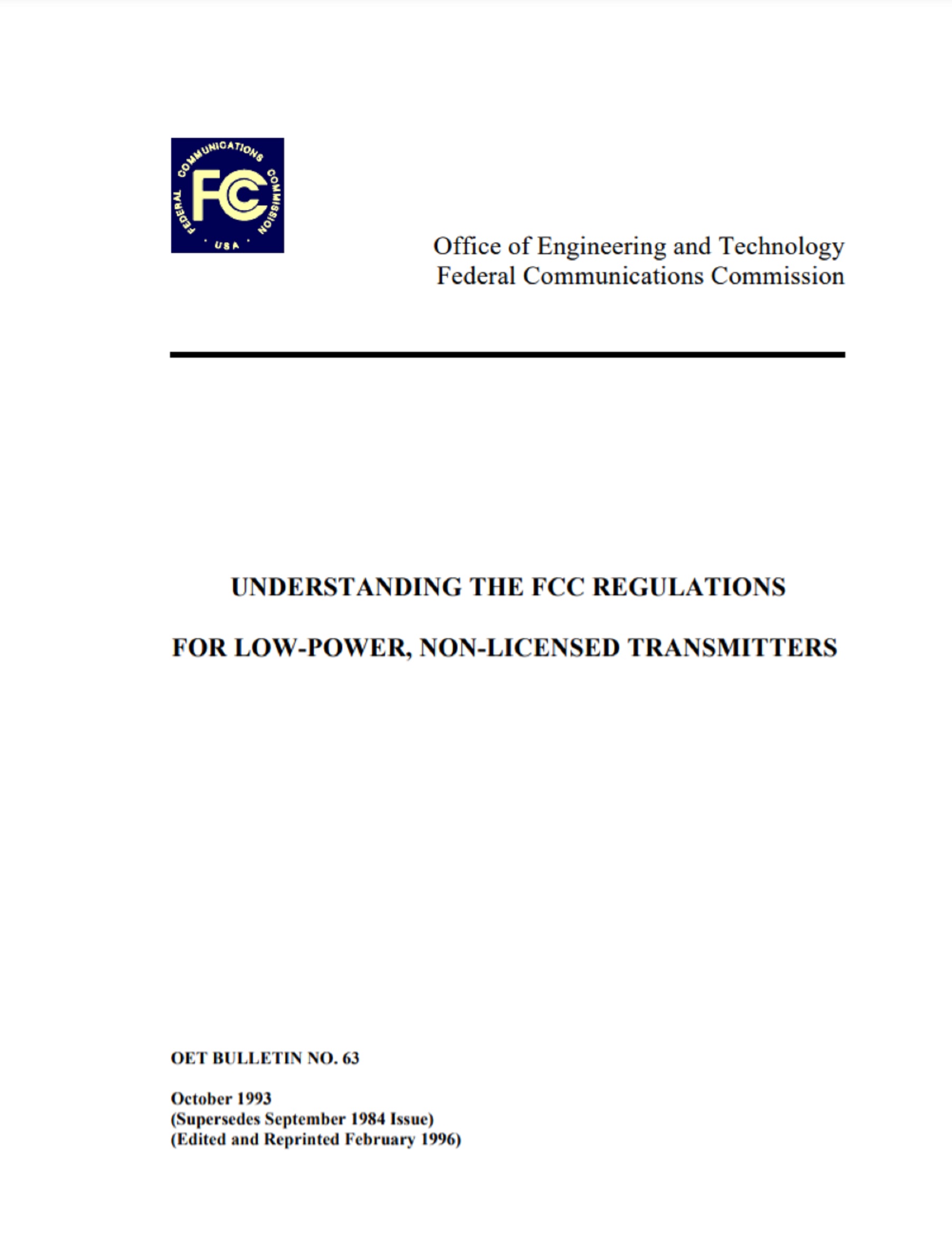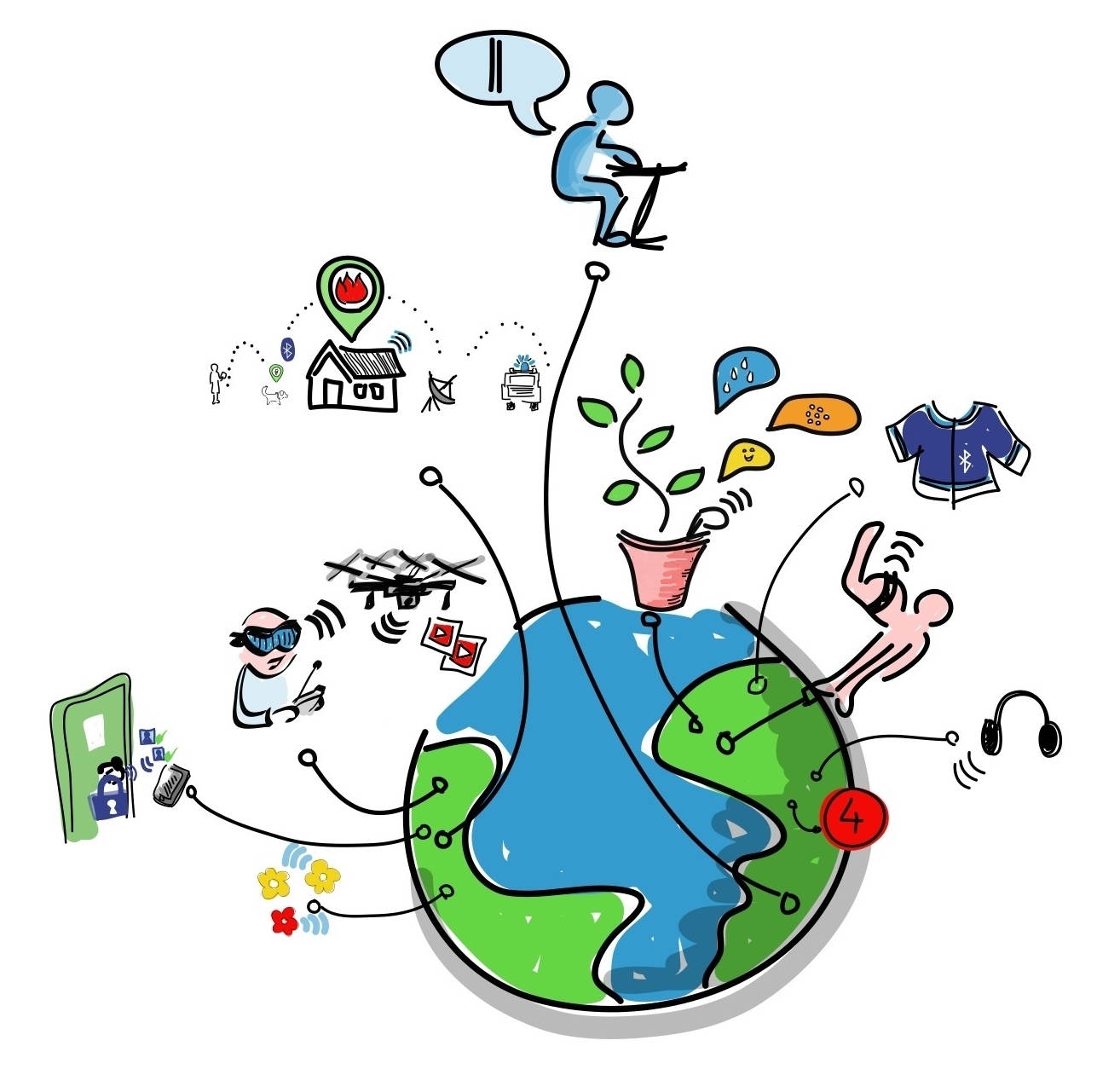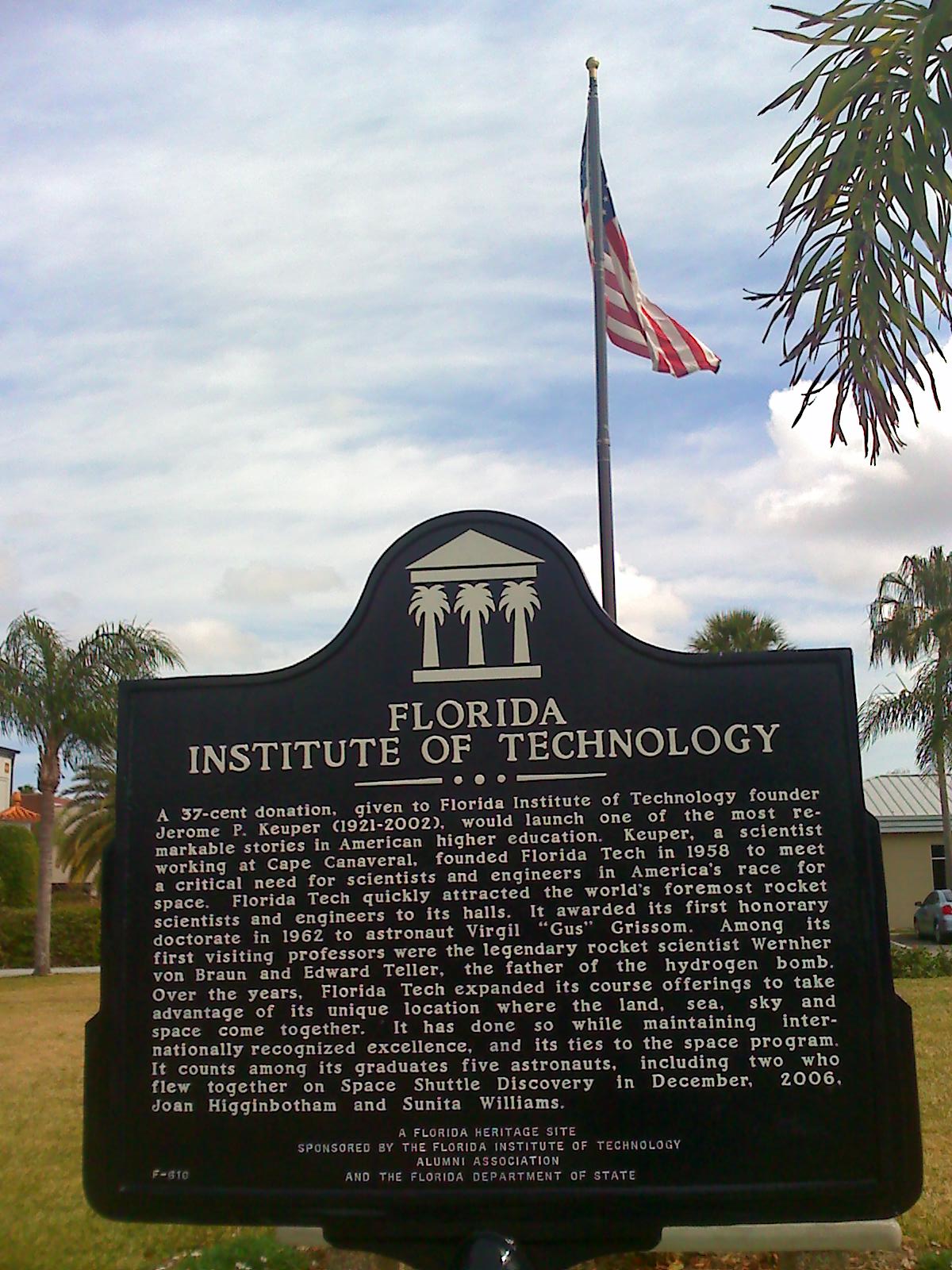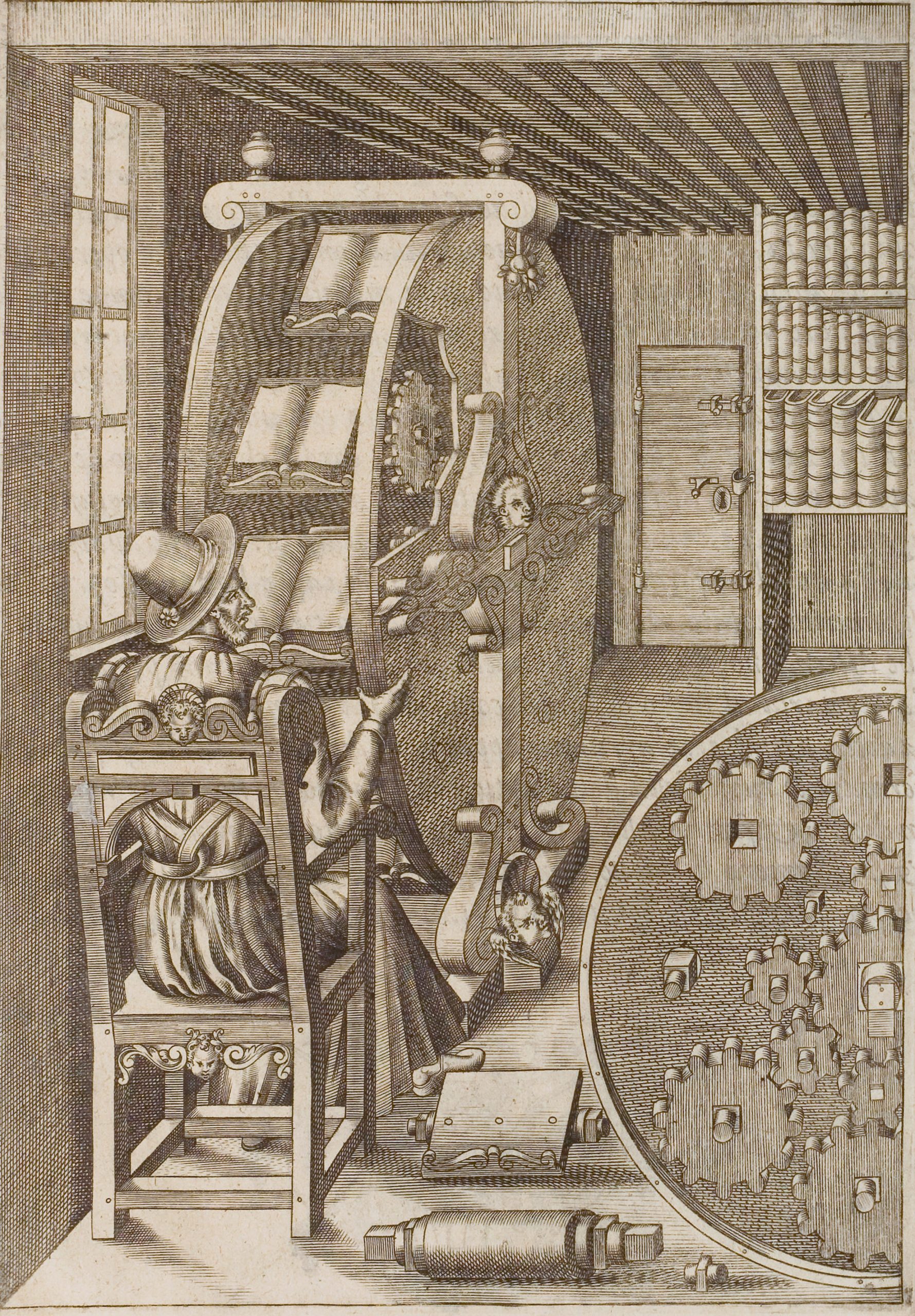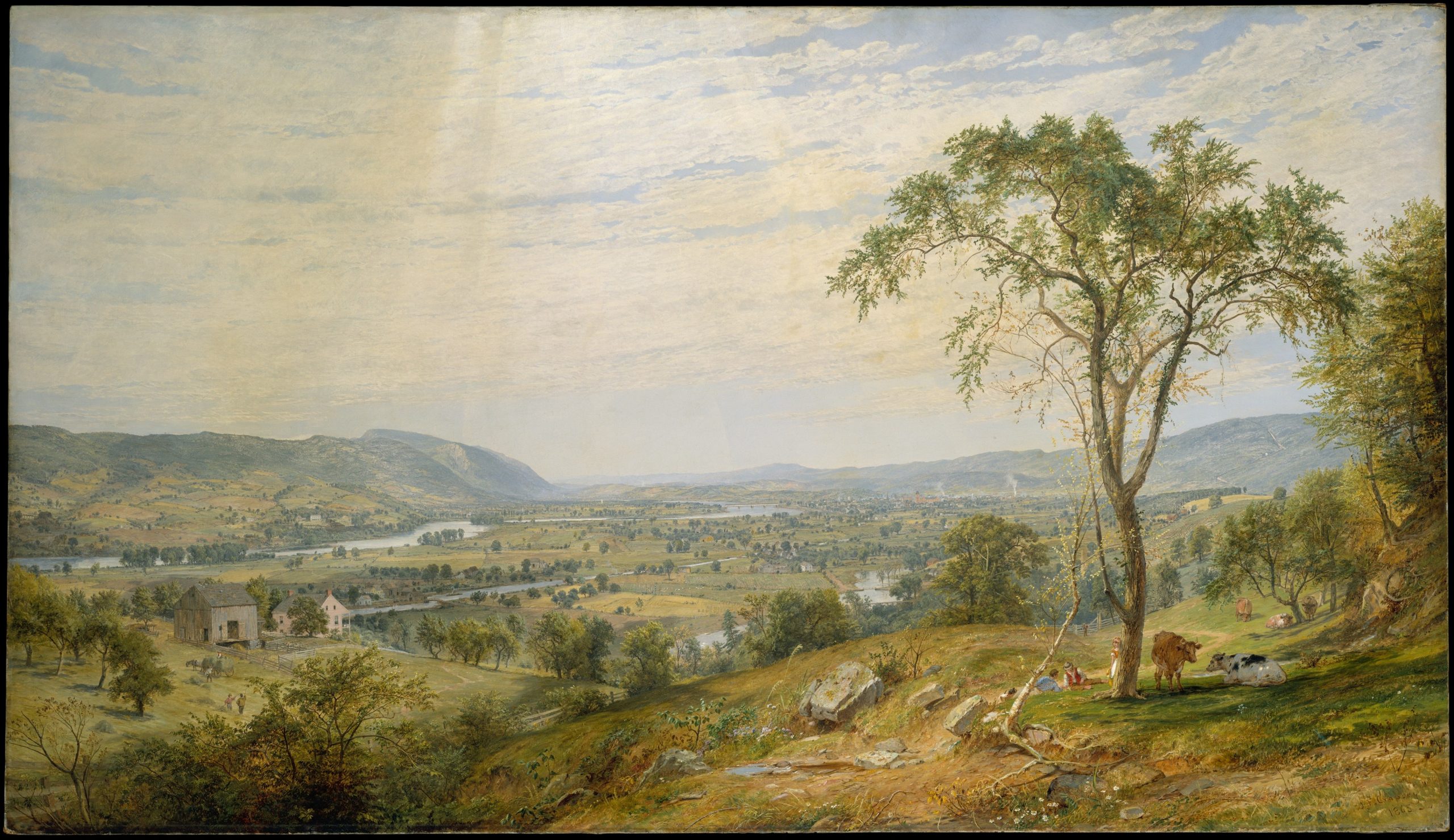Campus Low-Power-Transmitters
- Home Page 19

Radio Spectrum for the Internet of Things
“Wireless Telegraphy” 1899|Guglielmo Marconi
Derek T. Otermat – Ivica Kostanic – Carlos E. Otero
Electrical and Computer Engineering Department, Florida Institute of Technology
Abstract. The analysis presented in this paper indicates that the FM radio spectrum is underutilized in the areas of the continental United States that have a population of 100000 or less. These locations have vacant FM radio spectrum of at least 13 MHz with sufficient spectrum spacing between adjacent FM radio channels. The spectrum spacing provides the required bandwidth for data transmission and provides enough bandwidth to minimize interference introduced by neighboring predicted and unpredicted FM radio stations and other low-power short-range Internet of Thing (IoT) devices. To ensure that low-power short-range IoT devices maintain reliable communications vacant radio spectrum, such as the FM radio spectrum in these areas, will need to be used through cognitive radio.
CLICK HERE to order complete paper.
Related:
Northwestern University: Internet of Things and Edge Computing
Energy 300
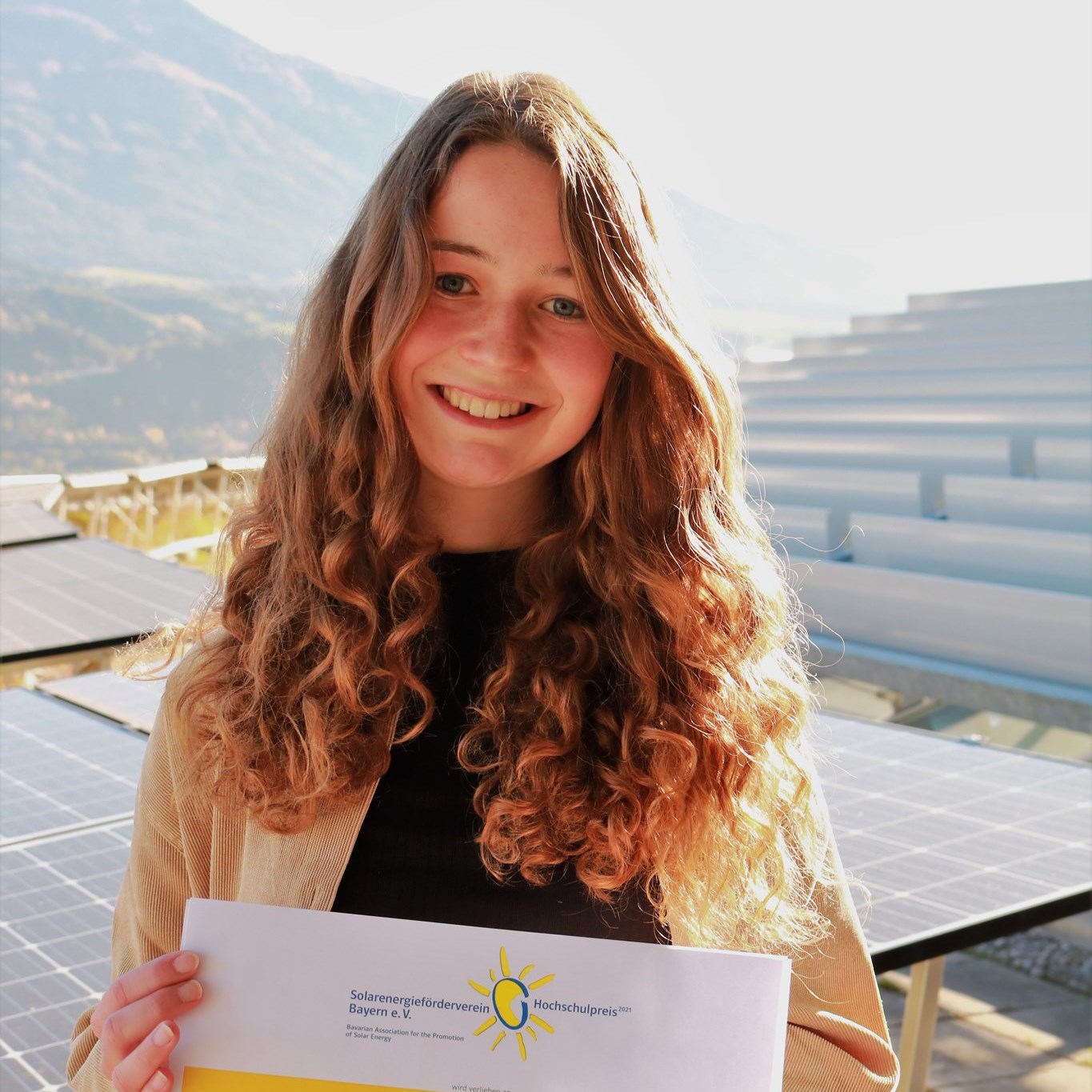
Sie strahlt vor Freude über ihre Auszeichnung – TH-Alumna Melanie Klaus. Für ihre Bachelorarbeit im Bereich Erneuerbare Energien wurde sie vom Solarenergieförderverein Bayern geehrt. In ihrer Bachelorarbeit im Studiengang Elektro- und Informationstechnik untersuchte sie das Zusammenspiel von Wind- und Solarenergie und den Nutzen, der sich hieraus für die regenerative Energieerzeugung erzielen lässt. Untersucht wurde also die Nutzung der natürlichen Kombination von Wind und Sonne für die Energieerzeugung. Um die Rentabilität dieser Einspeisekombination zu ermitteln, hat Melanie Klaus ein Software-Tool entwickelt, welches zur Planung und Simulation abgestimmter Photovoltaik-Wind-Kombinationen dient und bereits für die Errichtung einer Photovoltaik-Anlage zu einem Windpark eingesetzt wird.
Starting 2023 we break down our coverage of education community energy codes and standards into two tranches:
Energy 200: Codes and standards for building premise energy systems. (Electrical, heating and cooling of the building envelope)
Energy 300: Codes and standards that support the energy systems required for information and communication technology
Energy 400: Codes and standards for energy systems between campus buildings. (District energy systems including interdependence with electrical and water supply)
A different “flavor of money” runs through each of these domains and this condition is reflected in best practice discovery and promulgation. Energy 200 is less informed by tax-free (bonded) money than Energy 400 titles.
Some titles cover safety and sustainability in both interior and exterior energy domains so we simply list them below:
ASME A13.1 – 20XX, Scheme for the Identification of Piping Systems | Consultation closes 6/20/2023
ASME Boiler Pressure Vessel Code
ASME BPVC Codes & Standards Errata and Notices
ASHRAE International 90.1 — Energy Standard for Buildings Except Low-Rise Residential Buildings
2018 International Green Construction Code® Powered by Standard 189.1-2017
NFPA 855 Standard for the Installation of Stationary Energy Storage Systems
IEEE Electrical energy technical literature
ASTM Energy & Utilities Overview
Underwriters Laboratories Energy and Utilities
There are other ad hoc and open-source consortia that occupy at least a niche in this domain. All of the fifty United States and the Washington DC-based US Federal Government throw off public consultations routinely and, of course, a great deal of faculty interest lies in research funding.
Please join our daily colloquia using the login credentials at the upper right of our home page.
ICYMI – here is our 50th anniversary lecture from Professor Helen Thompson on the 1970s energy crises and what we can learn from it, with some great questions from our audience! https://t.co/9XUqc3fx5f pic.twitter.com/zHvqY8HYL1
— Clare College (@ClareCollege) March 9, 2023
More
United States Department of Energy
International Energy Agency World Energy Outlook 2022
International Standardization Organization
Energy and heat transfer engineering in general
Economics of Energy, Volume: 4.9 Article: 48 , James L. Sweeney, Stanford University
Helmholtz and the Conservation of Energy, By Kenneth L. Caneva, MIT Press
NRG Provides Strategic Update and Announces New Capital Allocation Framework at 2023 Investor Day
From our video archive:
Ask me why pic.twitter.com/zQIpuI7vCh
— Grace Stanke (@Grace_Stanke) August 23, 2023
Dutch Institute for Fundamental Energy Research
“DIFFER” is a research institute domiciled at TU/e that is focused on advancing the development of sustainable energy technologies, such as fusion energy and solar fuels. It conducts fundamental research on plasma physics and materials science to understand the behavior of matter at extremely high temperatures and under extreme conditions.
DIFFER also collaborates with universities, research institutions, and industry partners to translate their research into practical applications. The institute’s ultimate goal is to develop new and innovative solutions to meet the world’s growing demand for energy while reducing greenhouse gas emissions and environmental impact.
Among its findings and recommendations: “Electrochemical Production of Ammonia from Renewable Energy: A Thermodynamic Analysis” published in the Journal of The Electrochemical Society in 2018, which evaluated the thermodynamic feasibility of using renewable energy to produce ammonia, an important fertilizer, through electrochemical processes.
N.B. Ammonia can be deployed for energy conservation purposes in various ways, such as:
- Energy storage: Ammonia can be used as a means of storing energy from renewable sources, such as wind and solar power, in the form of chemical energy. This stored energy can be released by converting ammonia back into electricity through fuel cells or by burning it in a combustion engine.
- Power generation: Ammonia can be used directly as a fuel in combustion engines or turbines to generate electricity, without emitting greenhouse gases or other harmful pollutants.
- Heating and cooling: Ammonia can be used as a refrigerant or heat transfer fluid in industrial processes, air conditioning systems, or district heating networks, reducing the energy required for cooling and heating.
- Fuel for transportation: Ammonia can be used as a fuel for ships, trains, or other heavy-duty vehicles, reducing emissions of greenhouse gases and other pollutants.
However, it is worth noting that the deployment of ammonia for energy conservation purposes requires the development of suitable technologies for its production, transportation, and storage, as well as the necessary infrastructure to support its use.
Just reached half a million followers here on @Twitter. Thank you guys so so much. Your support means the world to me!
Cheers to 500k! United we stand! ❤️ pic.twitter.com/X7jKmLxPQ2
— Eva Vlaardingerbroek (@EvaVlaar) June 15, 2023
Data Center Wiring
The bookwheel, also known as a revolving bookcase, was invented by an Italian scholar and polymath named Agostino Ramelli. Ramelli was born in 1531 in Ponte Tresa, a town in present-day Italy, and he lived during the Renaissance period.
Ramelli’s invention, described in his work titled “Le diverse et artificiose machine del capitano Agostino Ramelli” (The Various and Ingenious Machines of Captain Agostino Ramelli), was published in 1588. This book showcased a collection of 195 mechanical devices.
Ramelli’s work contributed to the growing interest in mechanical inventions during the Renaissance period. His bookwheel design remains a fascinating example of early engineering and ingenuity, highlighting the desire for knowledge and practical solutions in the pursuit of learning and scholarly endeavors.
The standard of care for wiring safety for data centers — a continually expanding presence in education communities even before the pandemic — is established in National Electrical Code Articles 645 (Information Technology Equipment), Article 646 (Modular Data Centers) and Article 647 (Sensitive Electronic Equipment). You will notice that these articles cover the topic comprehensively and bear the imprint of competing Producer-Interest groups. There are no User-Interest representatives on Code-Making Panel 12 that represent the final fiduciary in education communities even though education communities are one of the largest markets for information and communication technology systems.
The current version of NFPA 70 is linked below:
The transcripts of technical committee action during the 2023 revision are linked below because they will inform our recommendations for the 2026 National Electrical Code.
Code‐Making Panel 12 Public Input Report
Code-Making Panel 12 Public Comment Report
We will use these in our exploration of what we might propose for improvements in the 2026 revision. Public comment on the First Draft of the 2026 Edition will be received until August 28th.
The issues that have been in play in these articles of the NEC are familiar to veterans of the “food fight” – occupancy classification, cable specifications, fire protection, ventilation, energy consumption, surge protection, licensing of engineers. etc. We look for market-making excesses by opposing stakeholders that seek to limit their risk while raising the (financial) risk to education communities.
We encourage our colleagues to participate in the NFPA code development process directly. We also encourage stakeholders in education communities — students, faculty and staff to join us during any of the teleconferences we co-host with the IEEE Education & Healthcare Facilities Committee 4 times monthly in both European and American time zones. See our CALENDAR for the next online meeting.
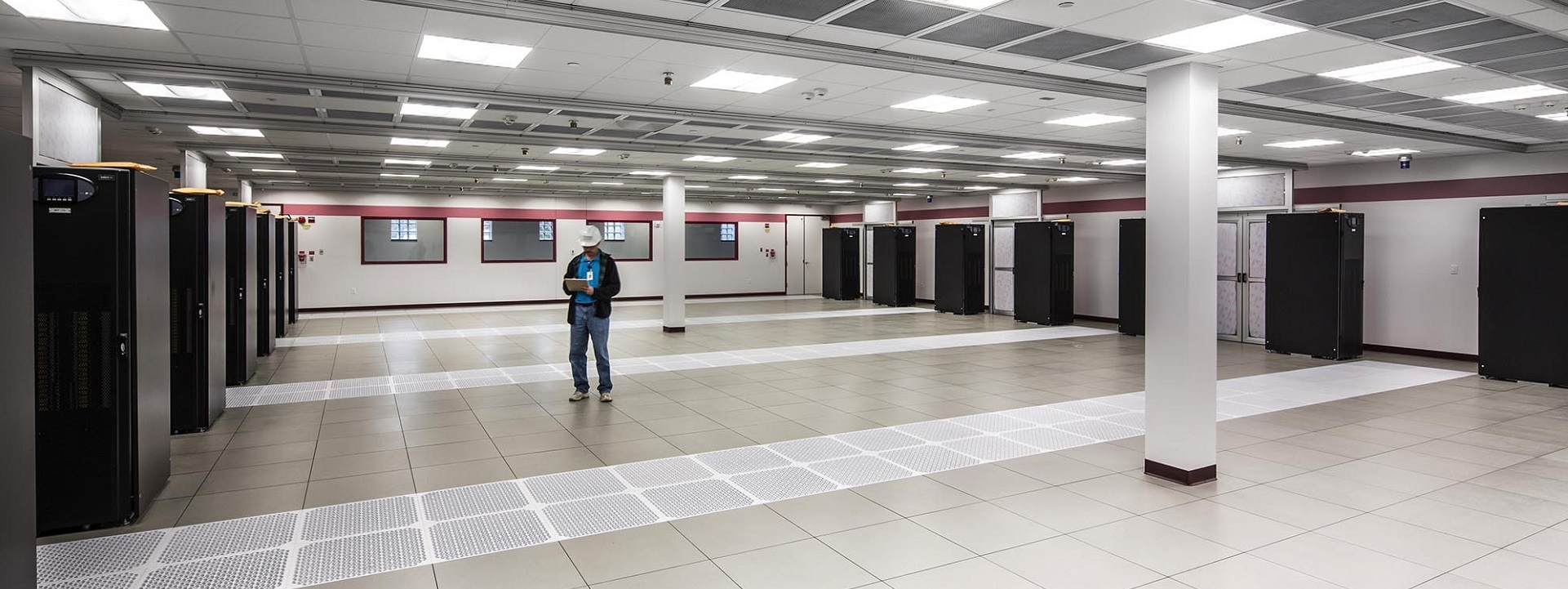
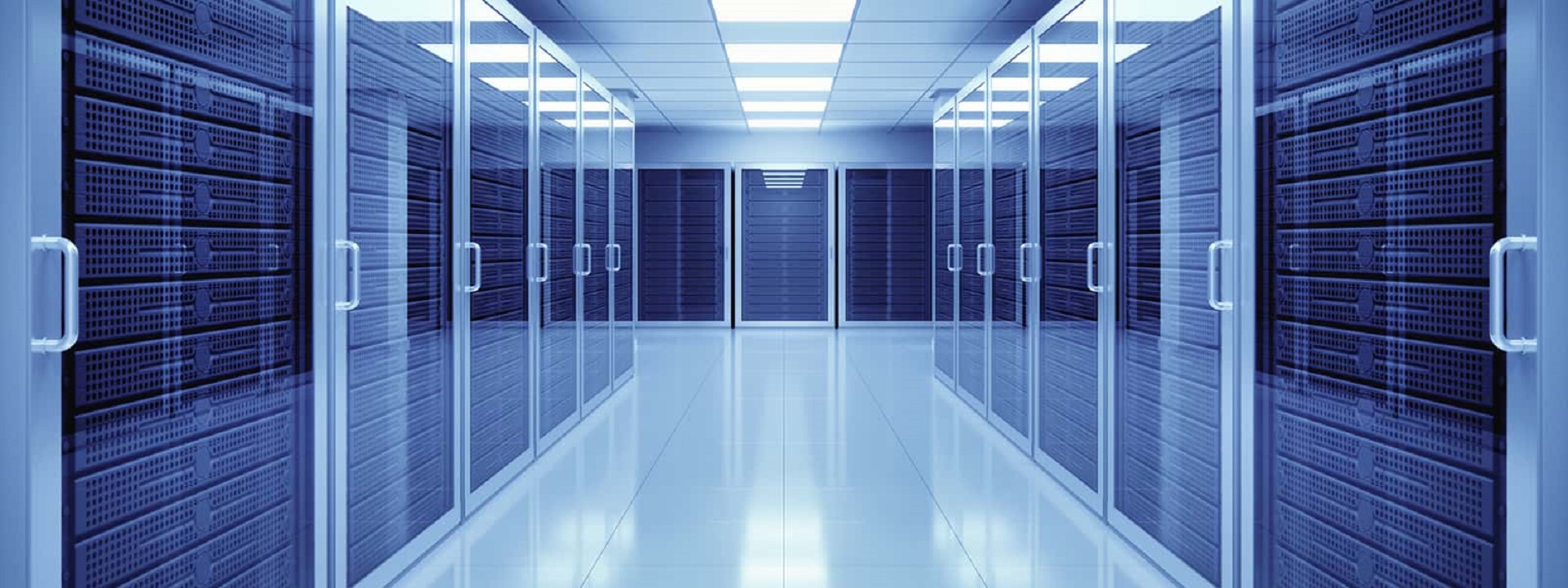
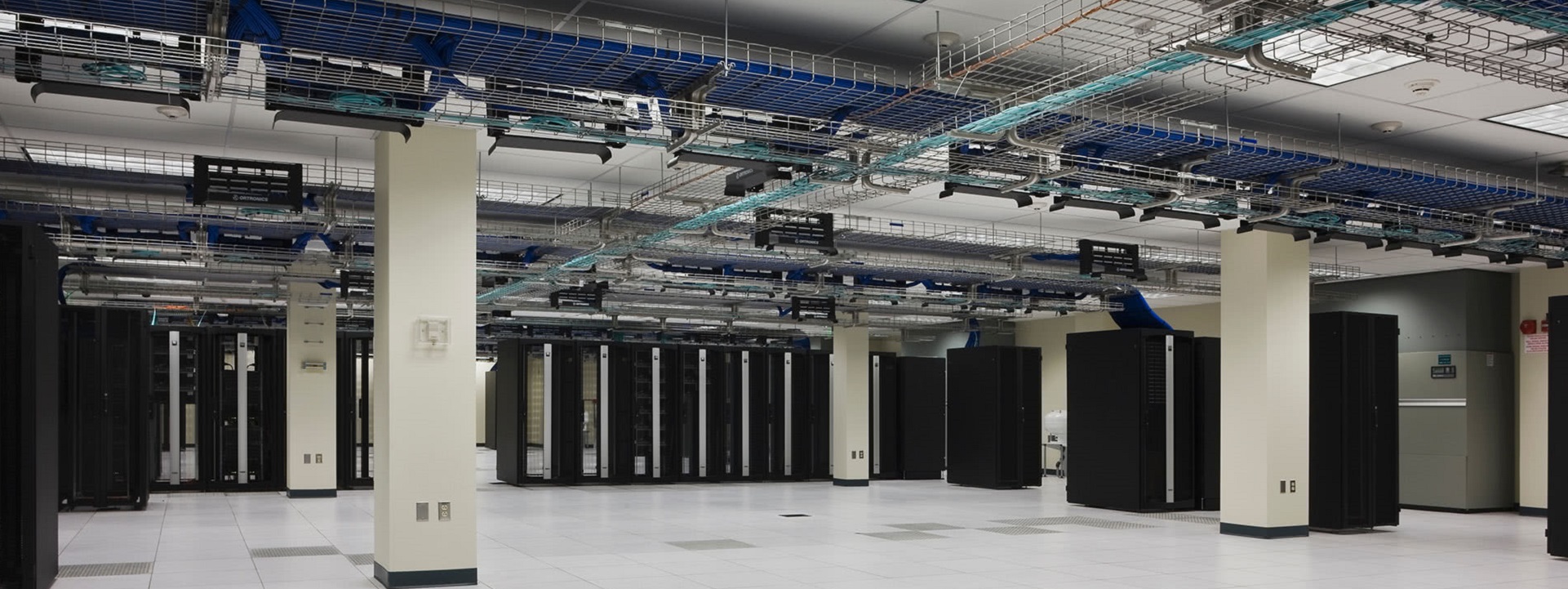
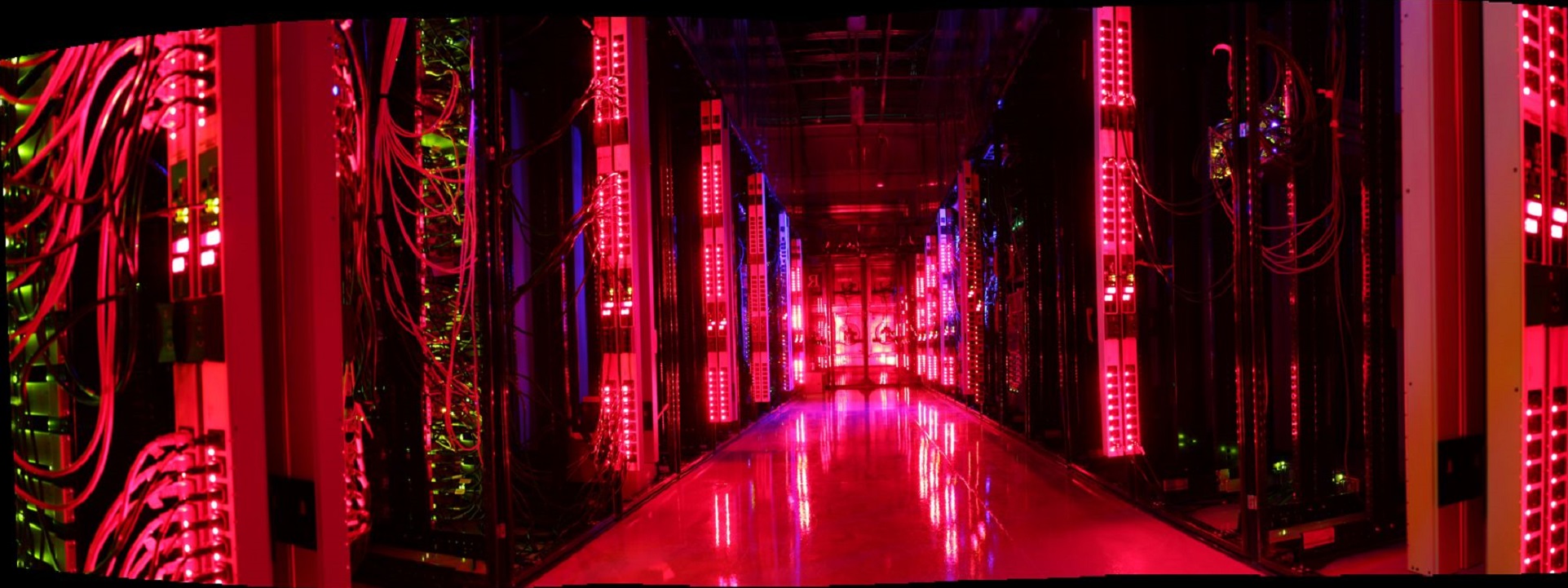
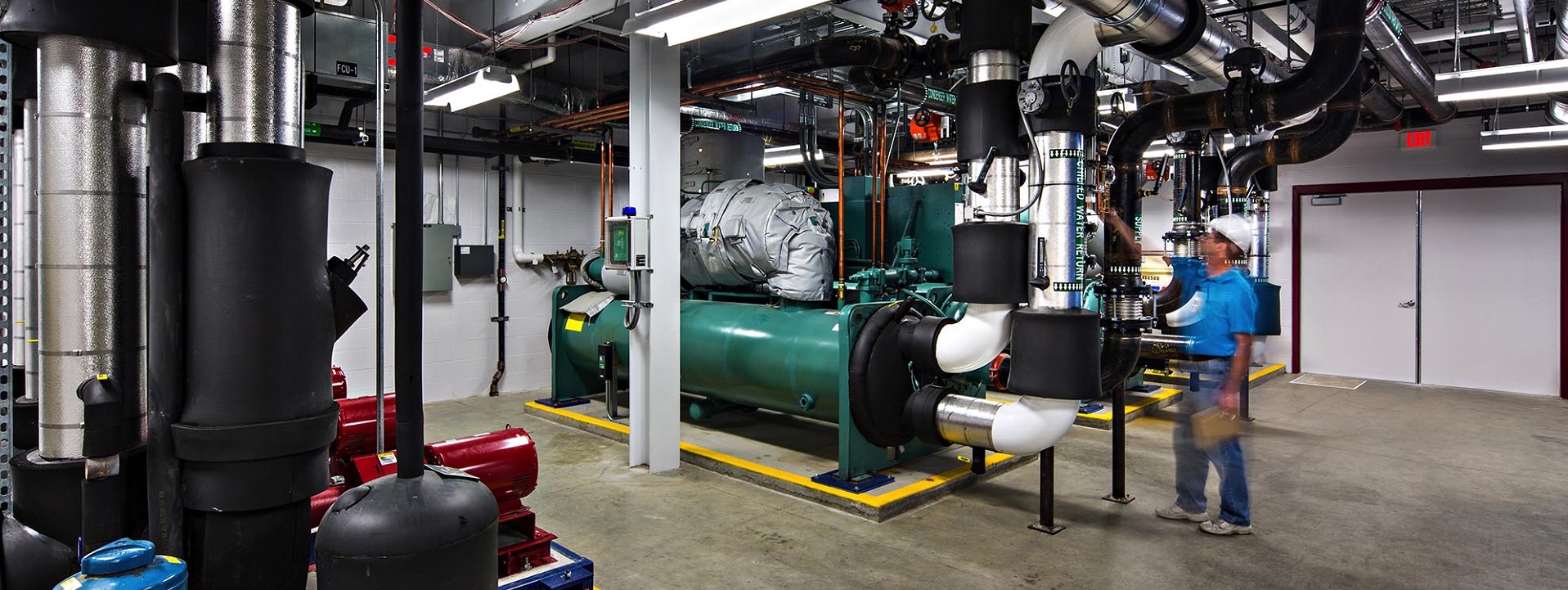
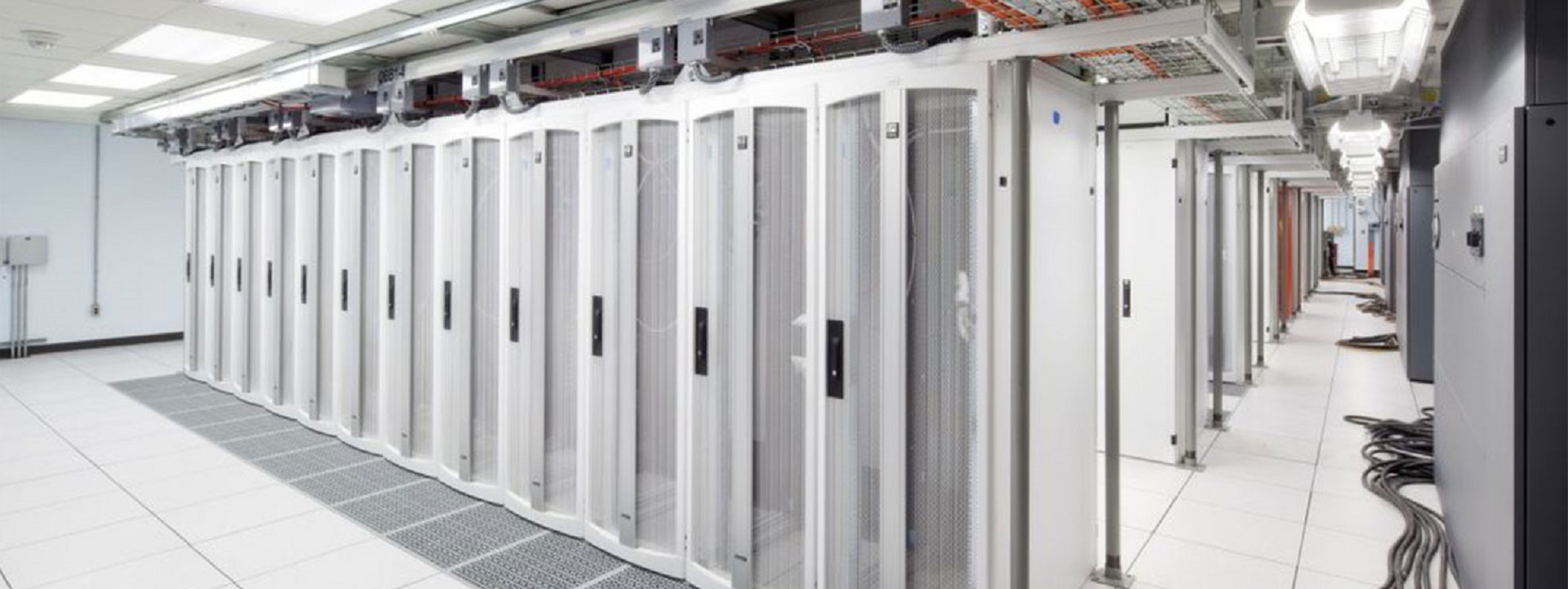
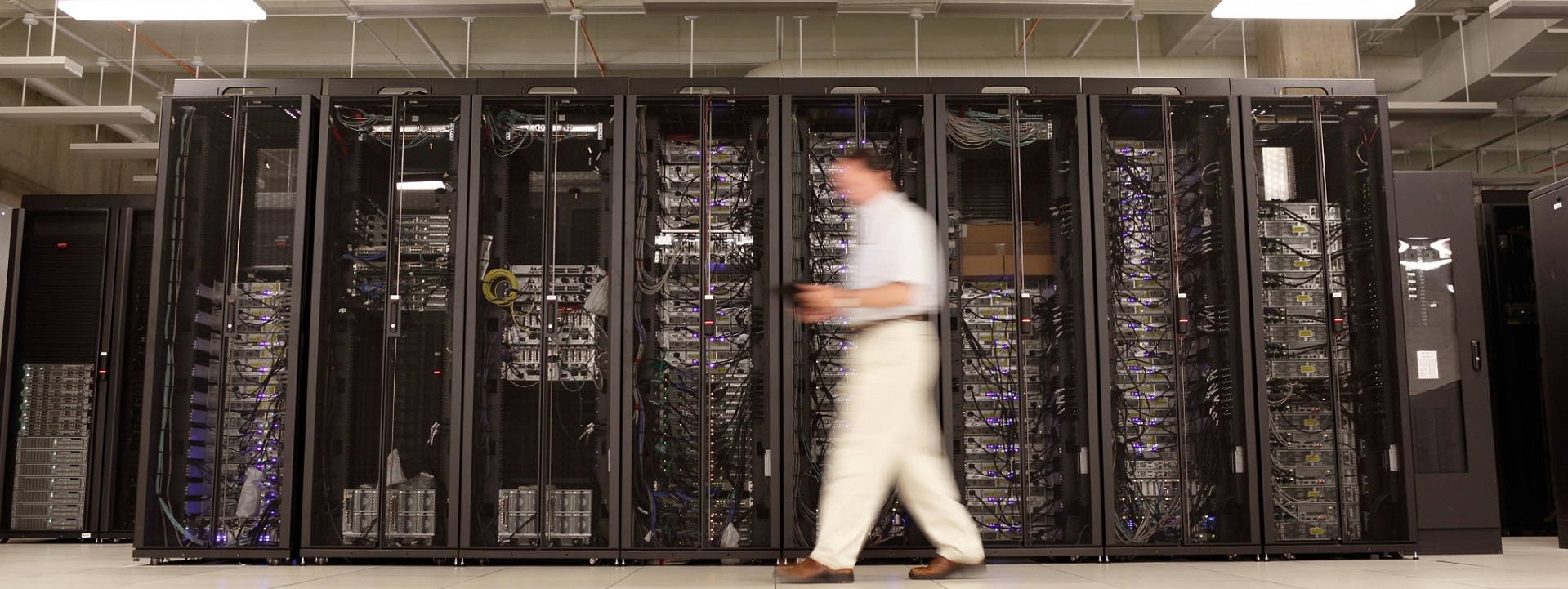
Cowboy Coffee & Biscuits
![]()
“We wish to suggest a structure
for the salt of deoxyribose nucleic acid (DNA).
This structure has novel features
which are of considerable biological interest….”
James Watson | “Nature” April 1953
This simple method preparing hot coffee evolved from open flame; out on the range. The result is a strong, robust cup that retains grittiness due to the coarse grind and the absence of a filter. Cowboy coffee is more about utility and simplicity rather than precision and refinement, which aligns with the rugged and practical nature of cowboy life. Here’s how it’s typically made:
Ingredients:
Coarsely ground coffee beans, water.
Equipment:
A pot (often a simple metal or enamel coffee pot), a heat source (campfire or portable stove), and a way to separate the grounds from the liquid (like pouring or using a fine mesh strainer).
Process:
Add coarsely ground coffee to the pot. The amount can vary based on personal preference, but it’s generally a couple of tablespoons of coffee per cup of water.
Add water to the pot. Again, the ratio of coffee to water can be adjusted based on taste preferences.
Place the pot on the heat source and bring it to a near-boil. Watch it carefully to avoid boiling over.
Once it’s heated, let it steep for a few minutes. Some cowboys might toss in a crushed eggshell to help settle the grounds.
Remove the pot from the heat and let it sit for a moment to allow the coffee grounds to settle.
Pour the coffee carefully to avoid pouring the grounds into your cup.
Locals swear by it:
“Cowboy coffee ain’t as easy as it looks. It takes some know-how to make it right.” – Unknown
“You can’t compromise with a cup of weak coffee.” – Cowboy Proverb
“There are only two things that a cowboy can’t do without – his horse and his coffee.” – Unknown
“A cowboy’s day starts with coffee and ends with whiskey.” – Unknown
“Life is too short for bad coffee.” – Unknown
“Cowboy coffee: where the grounds are meant to be chewed, not sipped.” – Unknown
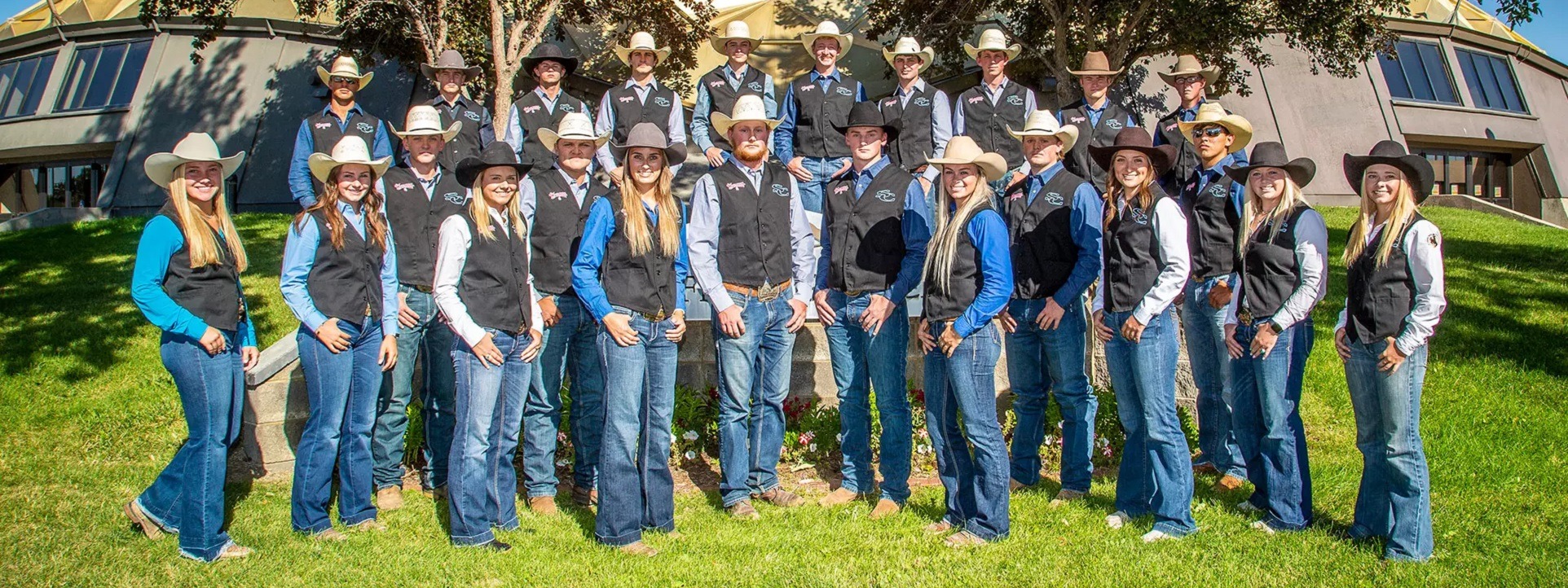
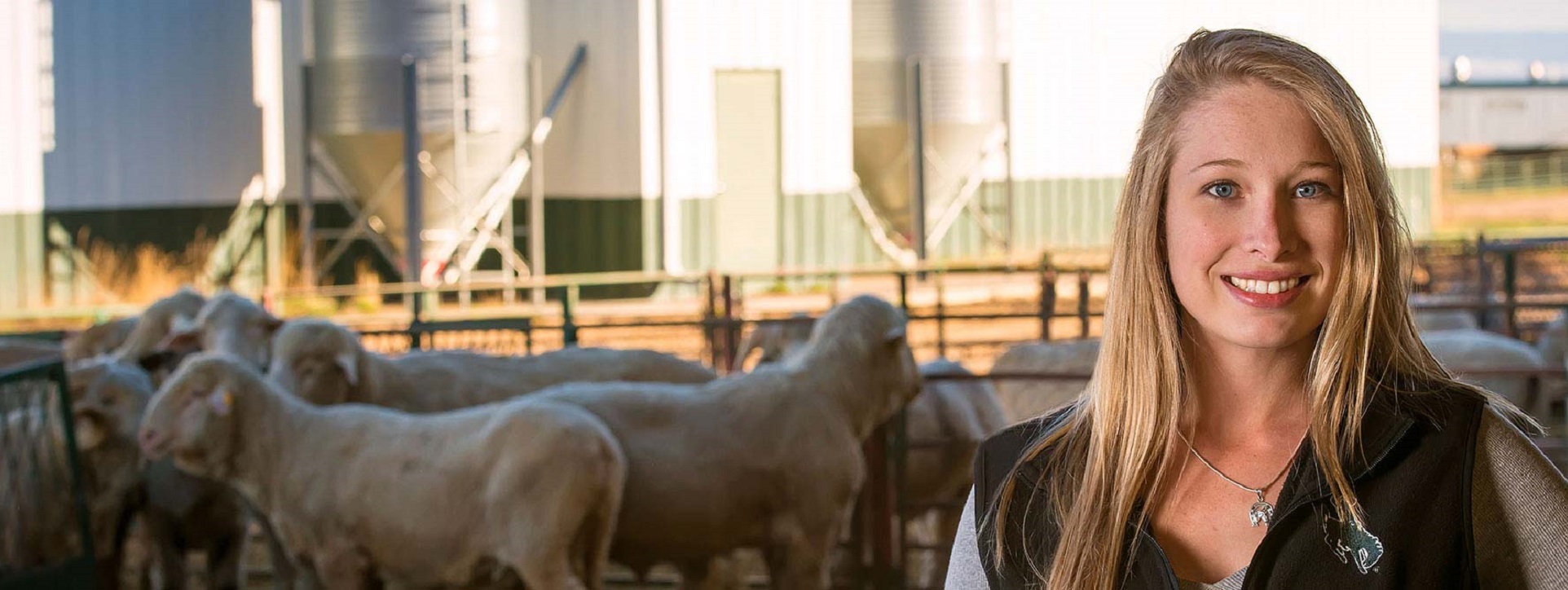
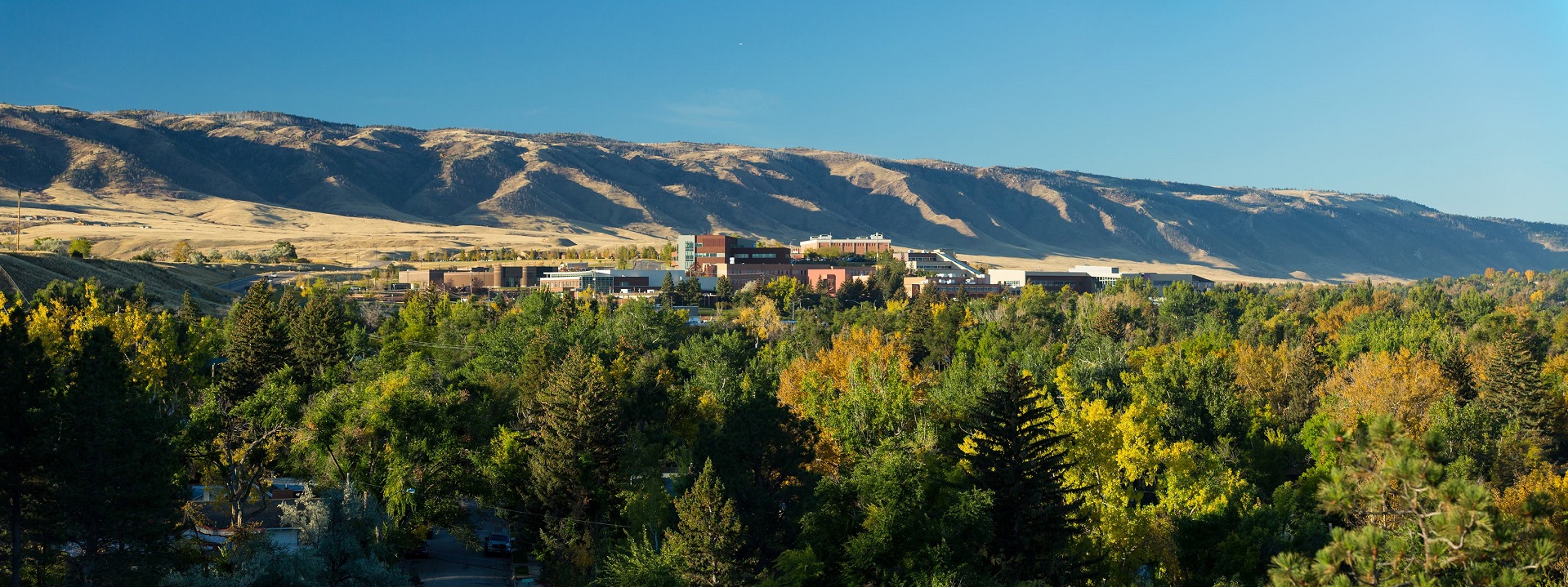
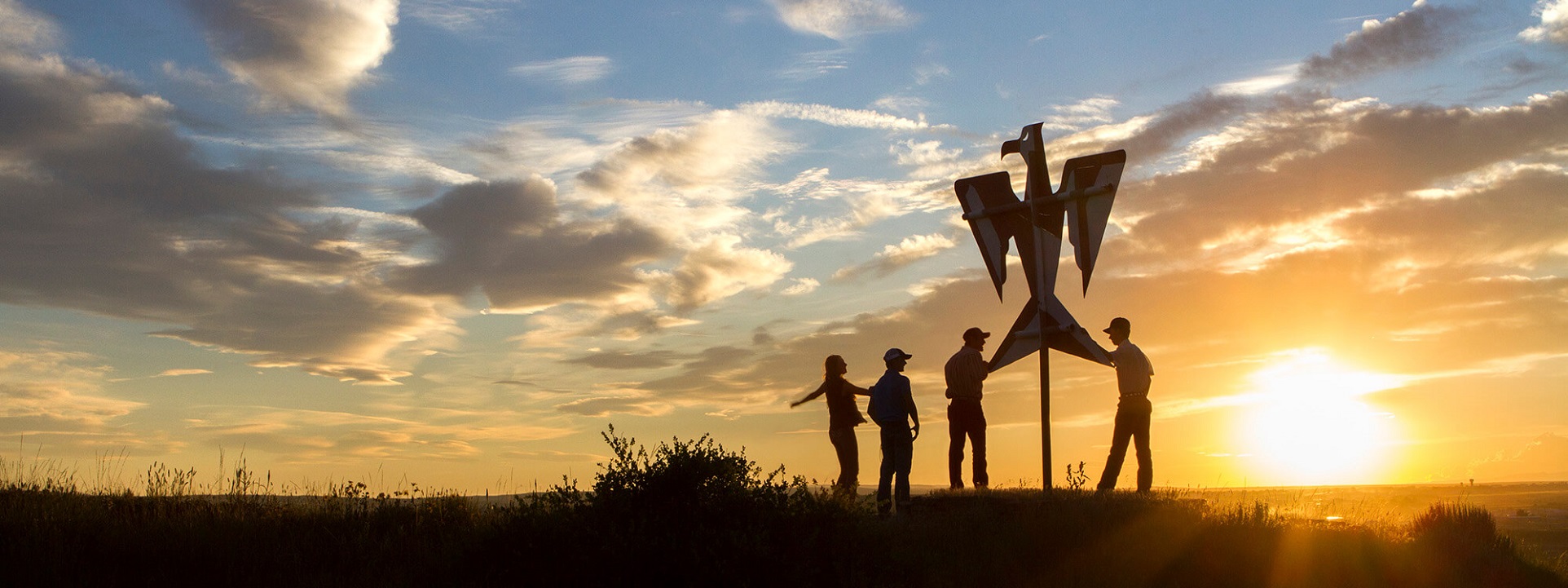
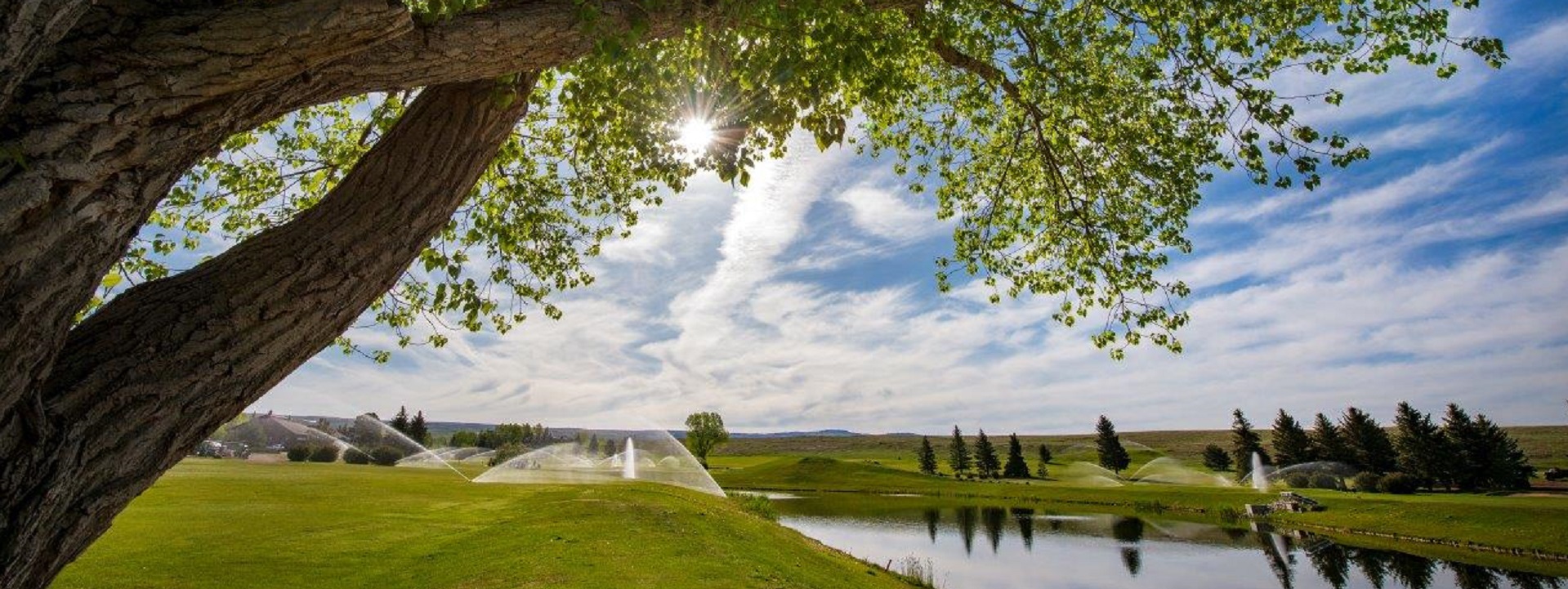
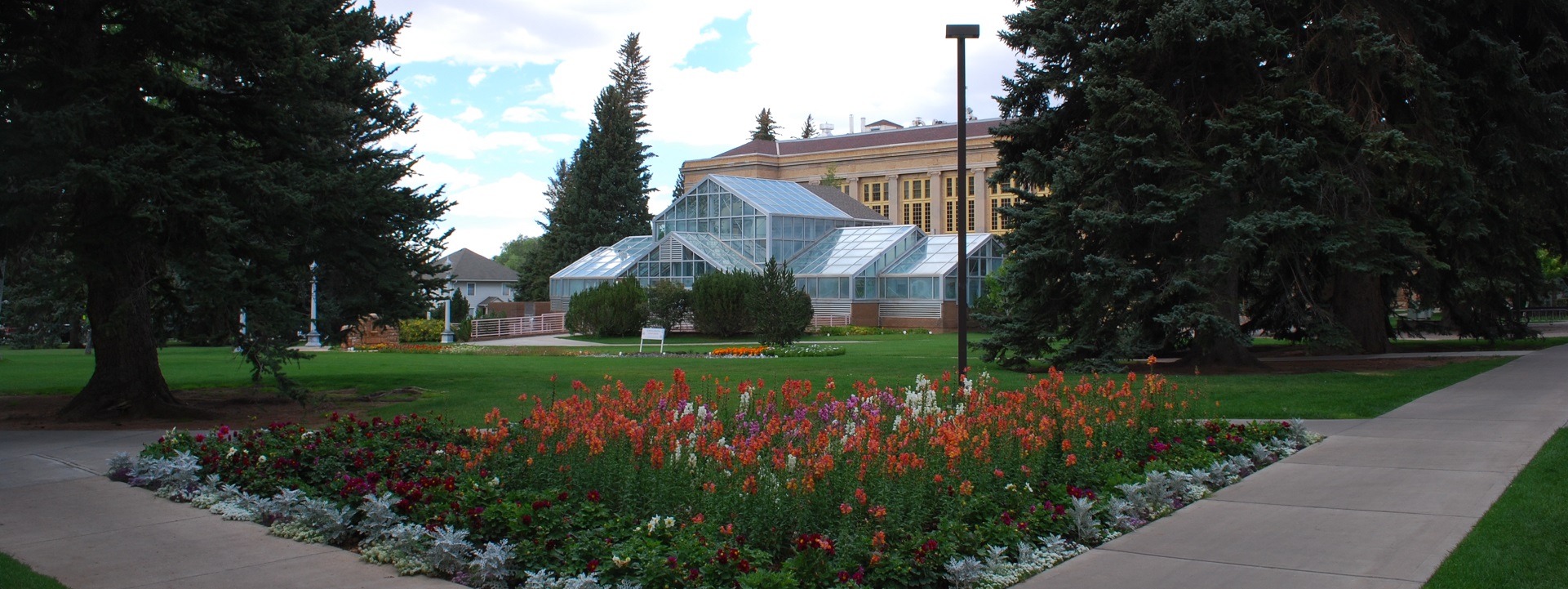
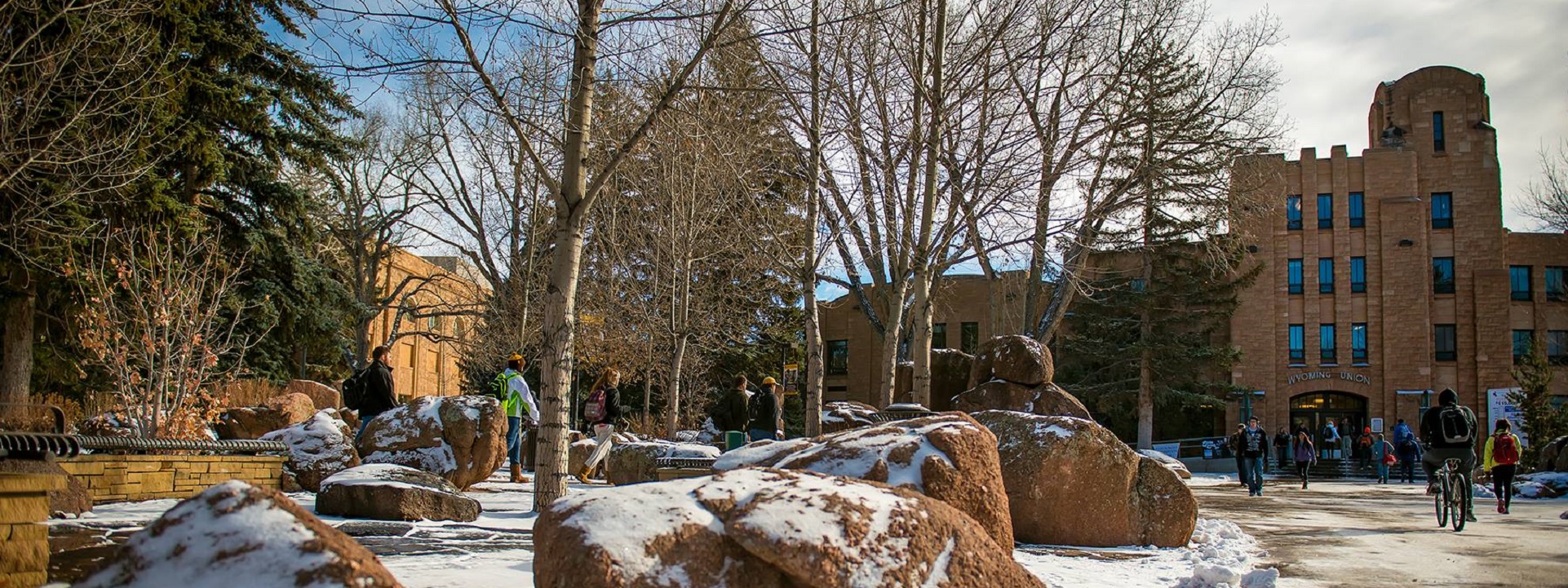
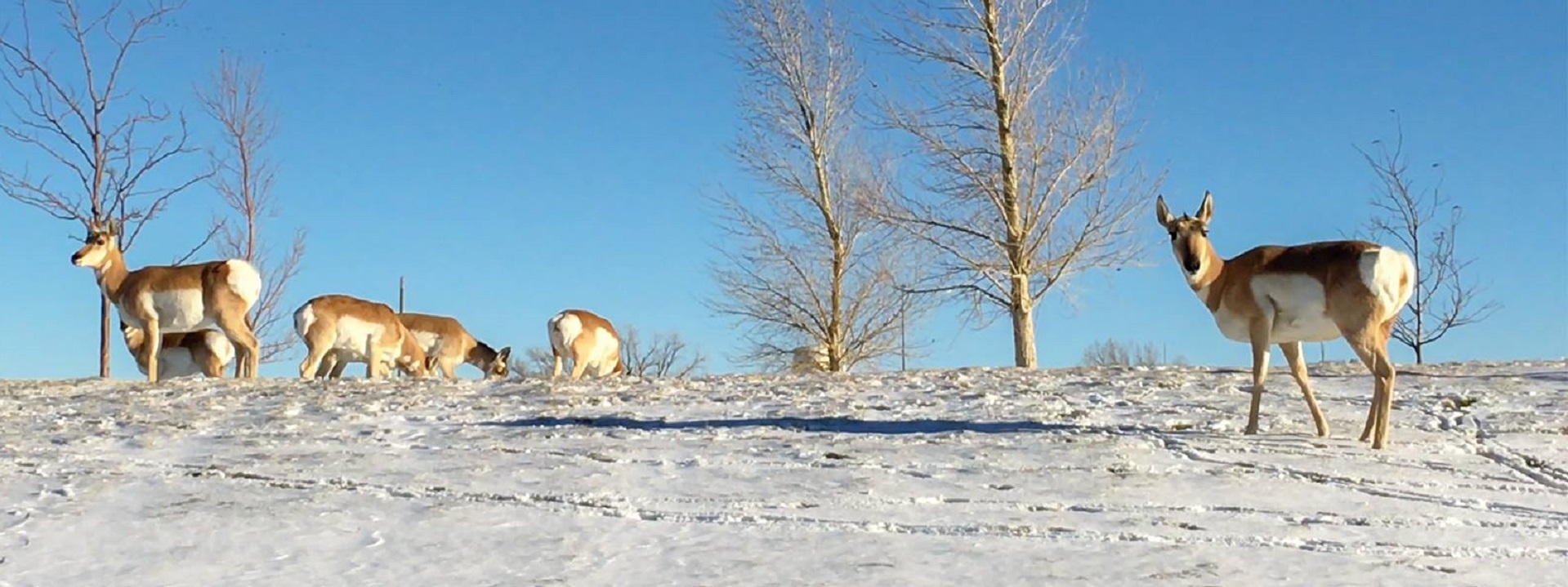
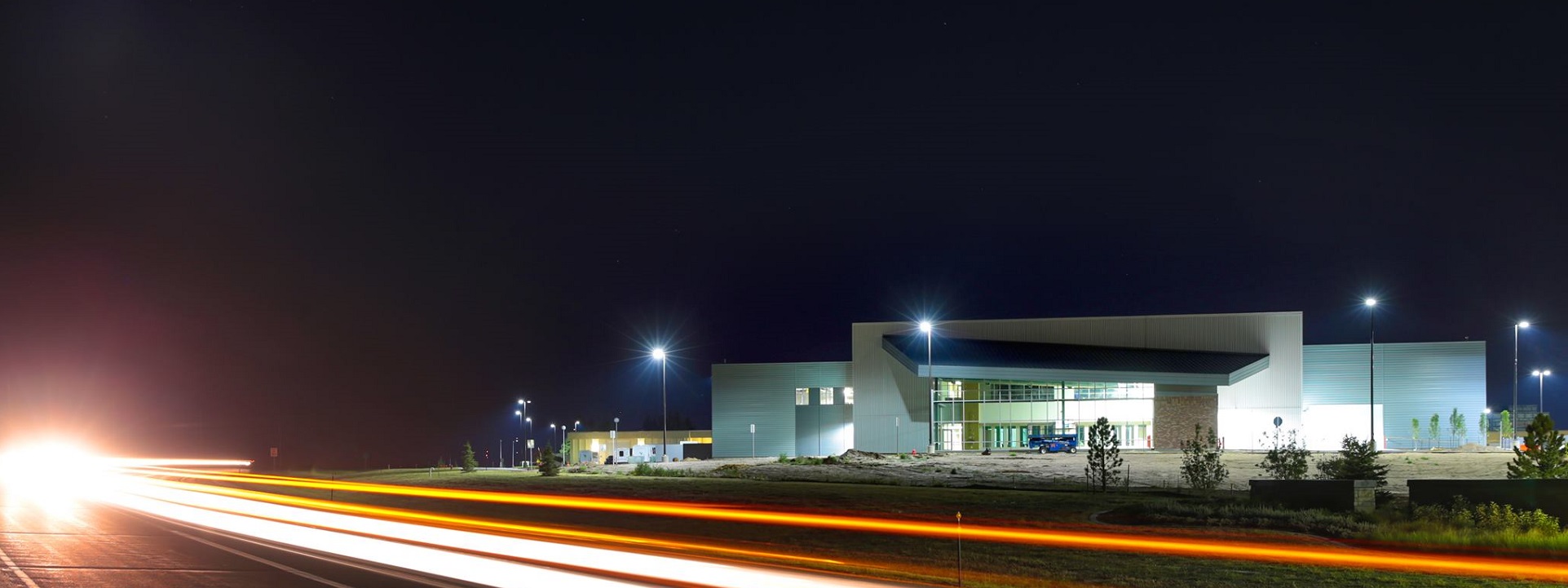
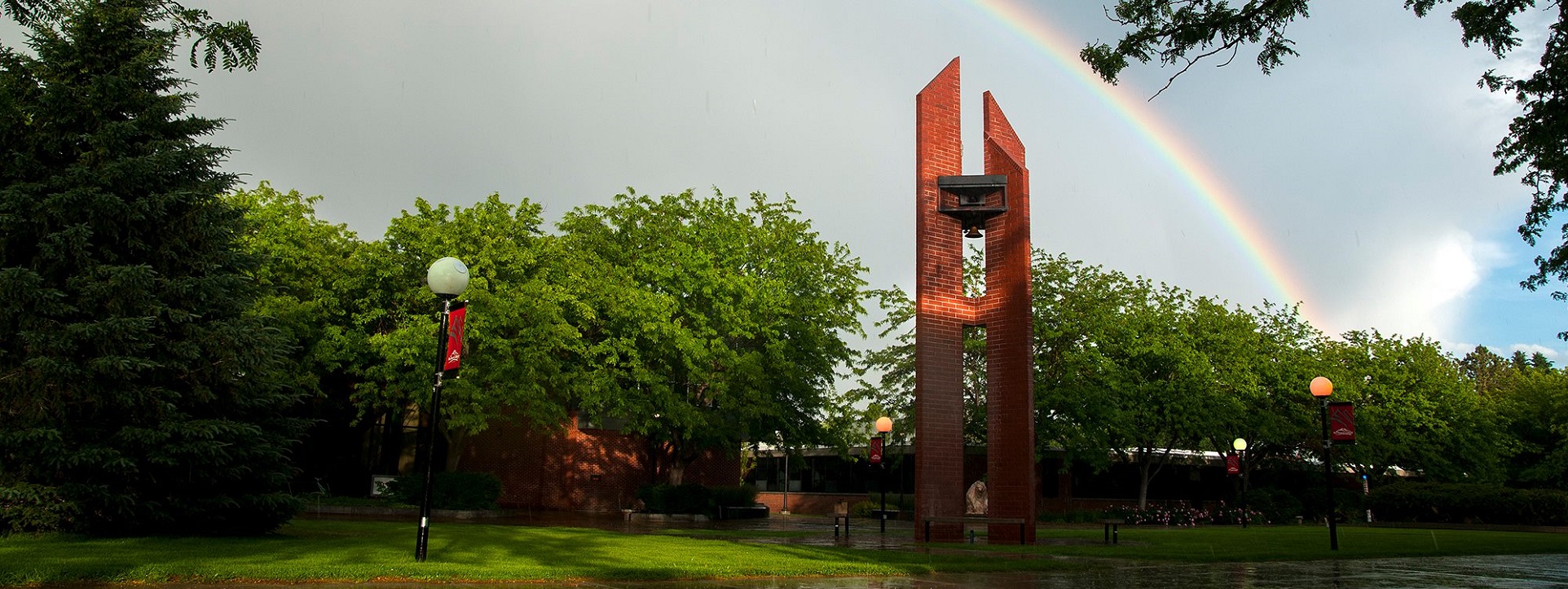
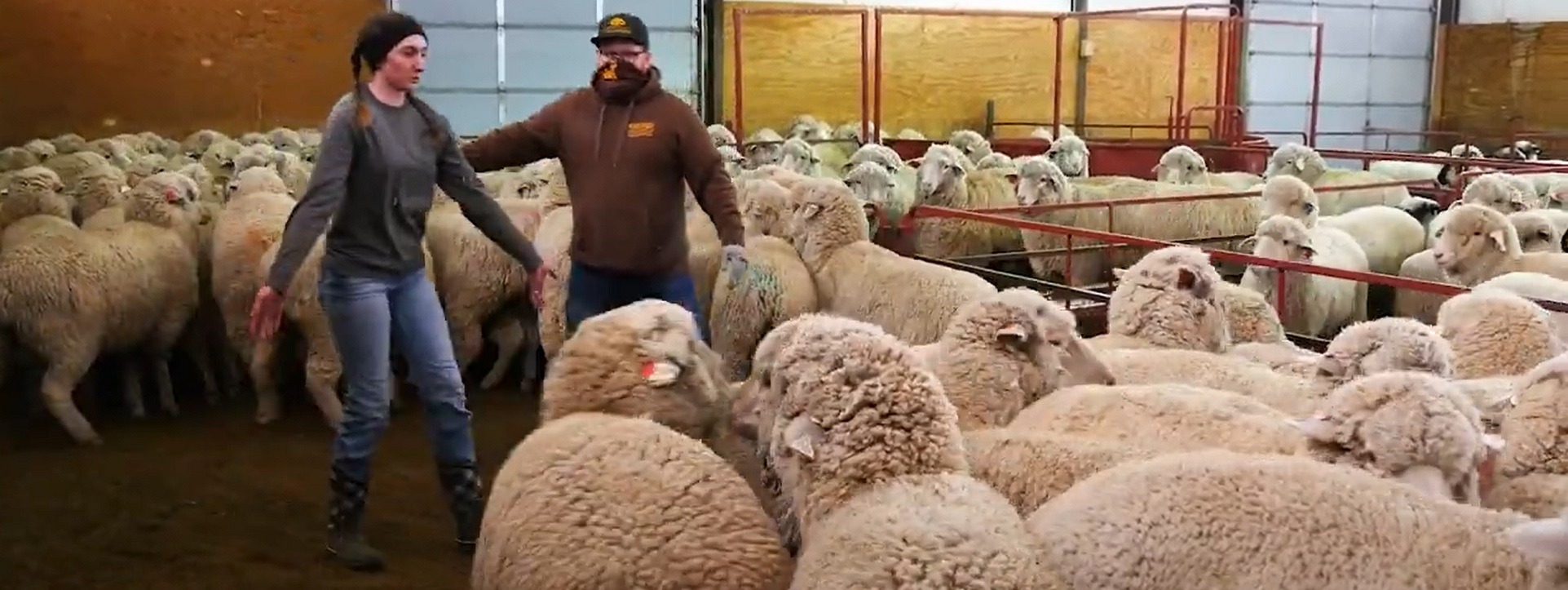
“The Liberals are Coming, and They’re Bringing Fancy Coffee” https://t.co/XykfCFYZgVhttps://t.co/exHU6TR2h9
America is changed by flight from miserable Blue States to better Red States—only to import the policies that created the misery they fled from in the first place. pic.twitter.com/OaVVgrTxJr— Standards Michigan (@StandardsMich) October 31, 2022
Texas Croissants & Wyoming Cowboy Coffee
“We wish to suggest a structure
for the salt of deoxyribose nucleic acid (DNA).”
James Watson | “Nature”, April 1953
Finance & Administration: Facilities
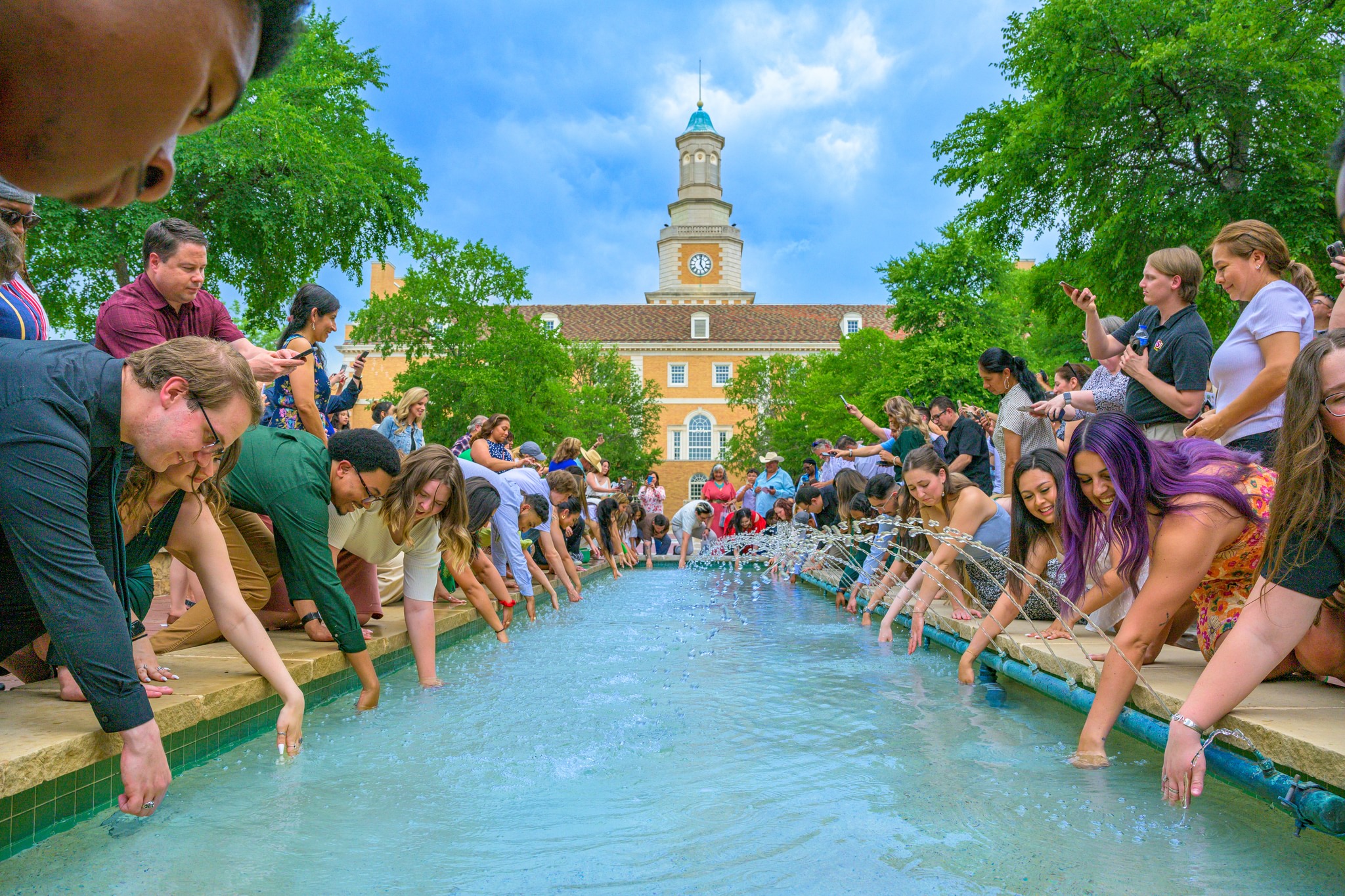
New update alert! The 2022 update to the Trademark Assignment Dataset is now available online. Find 1.29 million trademark assignments, involving 2.28 million unique trademark properties issued by the USPTO between March 1952 and January 2023: https://t.co/njrDAbSpwB pic.twitter.com/GkAXrHoQ9T
— USPTO (@uspto) July 13, 2023
Standards Michigan Group, LLC
2723 South State Street | Suite 150
Ann Arbor, MI 48104 USA
888-746-3670


